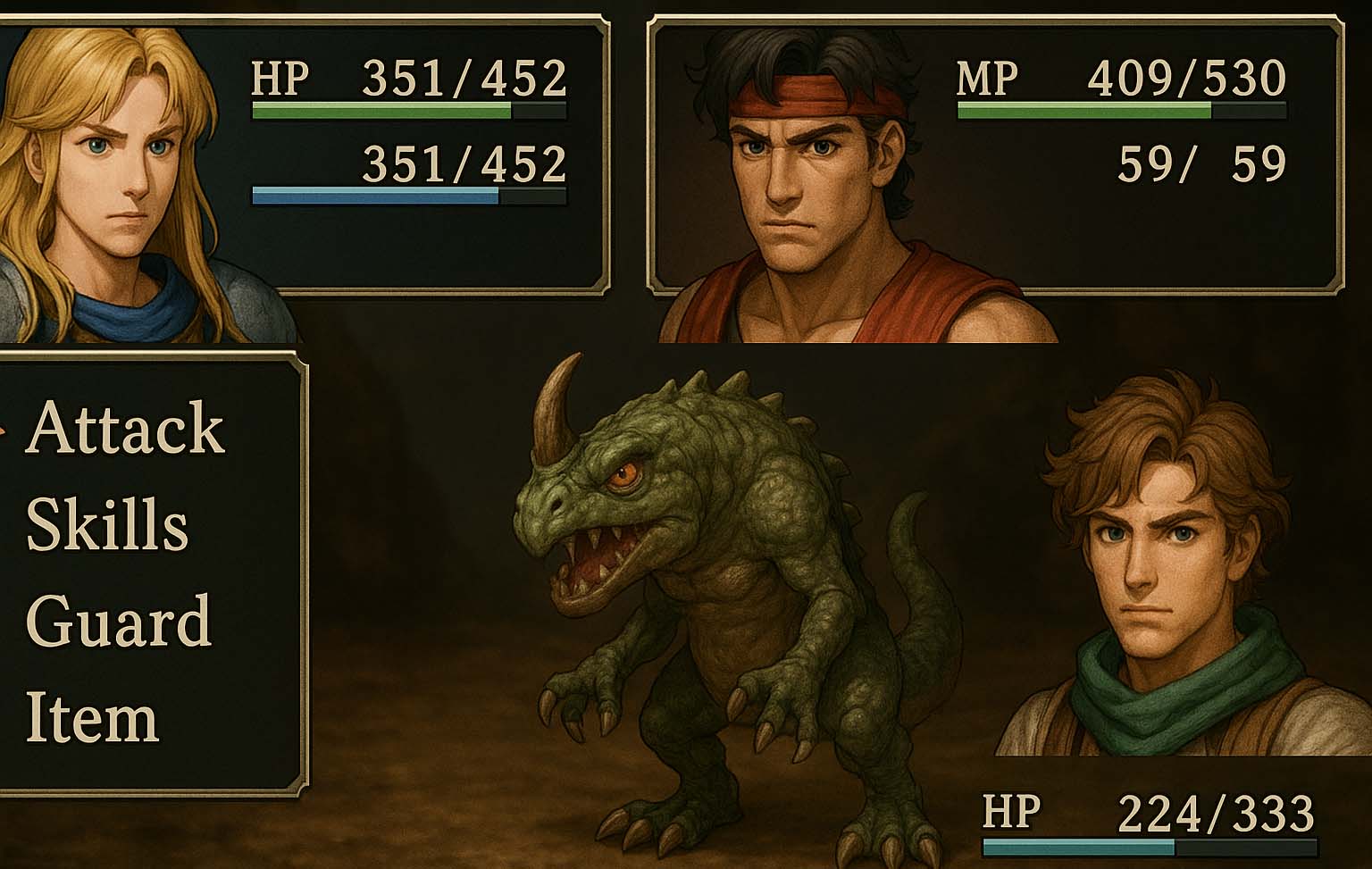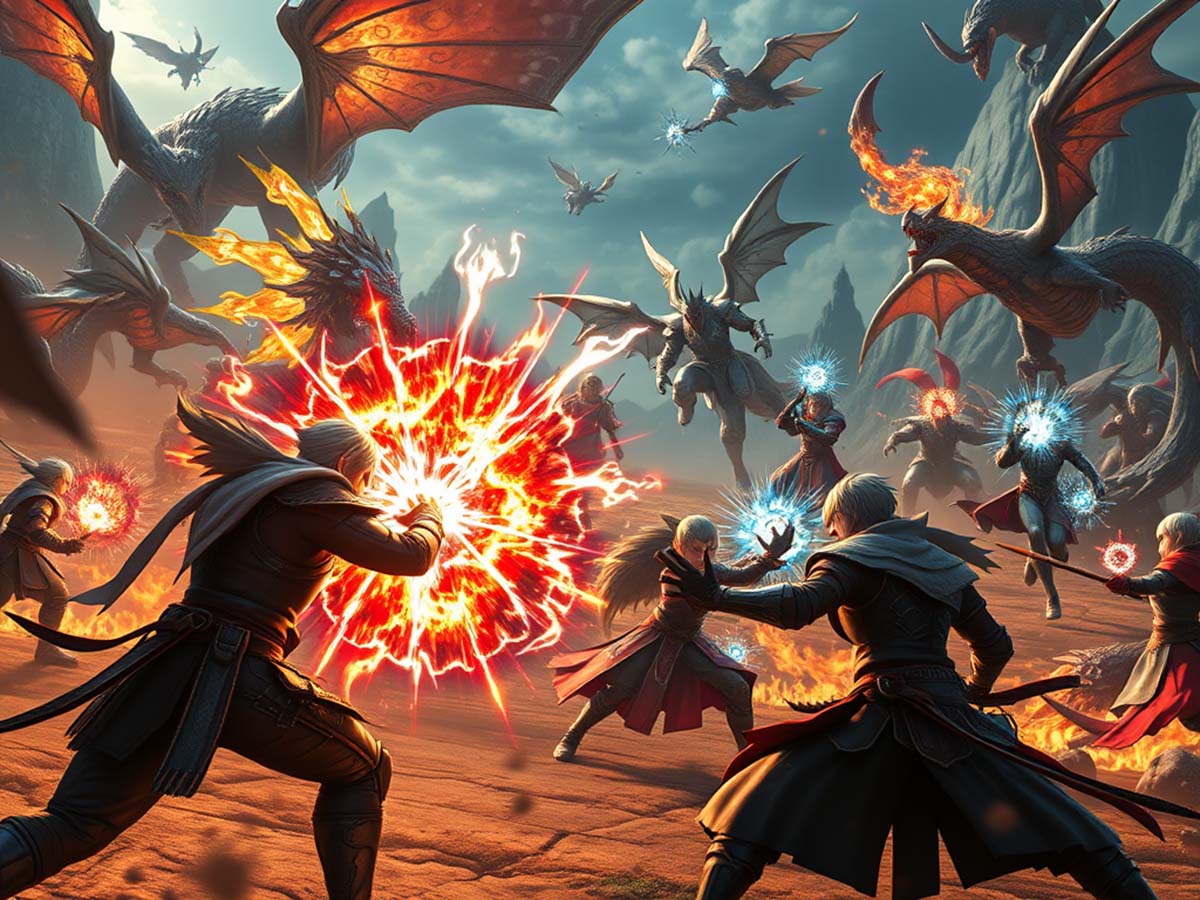Chess Clock: Measured Time That Brings Precision to Mind Games
Some players are used to counting minutes in their head. But in global tournaments like chess, Go, or even digital card games, that habit isn’t enough. When prestige, prizes, and reputation are on the line, every second counts. This is where the chess clock comes in — a simple tool that ensures fair play by measuring each player’s time precisely. It keeps the pace honest and the match balanced.
At first glance, it looks like two clocks paired together. But behind every ticking sound lies discipline and strategy. Players must act fast yet remain calculated. It doesn’t just speed things up. It adds excitement and pushes the mind to make sharp decisions. This leads to more engaging battles of wit — both for players and for viewers around the globe. If you’re curious about how these devices work, chess timers offer a closer look at the tools used by champions.
A Short Look Back at the Origins of Timed Play
In the 19th century, chess matches in Europe often lasted for days. With no way to measure time, some players would overthink every move, while their opponents waited over an hour for a single response. That changed in 1883 during the London Tournament. The first mechanical clock was introduced. It had two faces and a lever in the center. Pressing the button stopped one clock and started the other. This setup gave both players equal time — a concept soon accepted by chess federations worldwide, including FIDE.
Technology continued to improve. Digital clocks arrived, accurate to the second and packed with different modes like blitz, rapid, and increment. With increment, players gain extra seconds after each move, reducing the chance of running out of time. Today, even top grandmasters like Magnus Carlsen stream rapid matches live, where time control matters more than memorizing opening lines.
Precision Timing Across Different Games
Time control is no longer just for chess. Go, a game that requires managing a 19×19 board, uses byo-yomi — a countdown after the main time runs out. Each move must be played within a short window. Scrabble tournaments also apply time controls, typically eight to ten minutes per player, to avoid slow searches for high-scoring word combinations. Even digital card games like Hearthstone adopt this principle with turn timers based on similar logic.
When time limits are clear, strategies become sharper. There’s no room for endless mental calculations. Players must decide, commit, and hope they’ve made the right call. It makes competitions more intense and enjoyable for fans in Asia, Europe, and North America.
Time as Part of Tactical Planning
Imagine two players of equal skill. What often separates them is how they manage a 10 or 15-minute time limit. One might spend most of the time during the opening moves, hoping for a clean endgame. The other may save time to handle late surprises. Statistics from international blitz events reveal that players with even a 30-second advantage at the end are more likely to win. The clock isn’t just a timer — it’s part of the overall game plan.
As the countdown nears zero, adrenaline kicks in. The sound of ticking grows louder in the mind, like a drumroll. Over time, players become better at handling pressure. This helps them make quicker decisions not just in tournaments, but in jobs and negotiations where fast thinking matters.
Stories from the Global Stage
In Berlin’s World Blitz Championship, Hikaru Nakamura once gave up a knight during an endgame with only three seconds left. Thanks to a one-second increment, he could still press the clock after every move. The timer forced him to rely on instinct and preparation rather than slow thinking. His bold move shocked viewers and led to victory.
In Seoul’s Go Championship, Korean prodigy Shin Jin-seo became known for lightning-fast mental math. During the byo-yomi phase, players only get five 30-second periods. If Shin used up four, he would simplify the board for the last ten seconds. This habit helped him recover from a two-stone disadvantage and win the final round.
Even in online platforms, timing adds excitement. Auto-Battler games include a 30-second planning phase. Choosing which units to reroll or deploy must happen fast. With practice, players become precise, disciplined, and smarter in how they use their limited resources.
Three Key Benefits of Using a Chess Clock
– **Decision-making under pressure:** It trains the brain to prioritize. With no extra minutes to spare, players rely more on memory and instinct.
– **Fair timing:** When both sides have the same 15 minutes, there’s no blaming delays. The limit is set and unchangeable.
– **More exciting viewing:** The clicking sound, fast button presses, and visible countdown add drama for those watching online or in person.
Adapting with Modern Tools
Chess clocks are evolving. Many smartphone apps now allow full customization — with increment, delay, Fischer timing, or Bronstein styles. At major esports events, clocks appear on screen overlays so millions of viewers can track who’s running low. Some smartwatches even offer mini chess timer modes for players who want to practice blitz outside.
Hardware makers are also innovating. One prototype vibrates slightly during the final 10 seconds. Another has an LED ring that flashes when five seconds remain. These additions make the experience more intense and enjoyable for players and spectators alike.
Choosing the Right Clock for Your Game
Start by identifying your game format. For rapid or standard formats, a digital or analog clock with a 30-second increment is ideal. For blitz games under five minutes, choose clocks with large buttons and clear displays. Frequent travelers might prefer ultra-thin models made of carbon fiber with lithium batteries — good for 20,000 presses before needing a charge. Always check if a clock is certified by global chess bodies to ensure it’s allowed in official matches.
Next, consider user feedback. Go players often want a pause mode for post-game review. In Australia, Scrabble clubs prefer quiet buttons since they play in libraries. Choose a model that fits your environment and the habits of your league.
Impact on Sportsmanship and Community Growth
With strict time limits, players behave more respectfully. There’s no room to disrupt an opponent’s rhythm with long pauses. Young competitors in European scholastic tournaments quickly learn the value of time — a lesson they carry into real life. Online platforms benefit too. The “stalling tactic” disappears since the game ends once the timer hits zero.
As a result, communities grow. New and younger players prefer the fast pace of blitz and rapid formats. These shorter games allow for more livestreams, highlight clips, and shareable content. This keeps fans and players connected across continents.
Timeless Value of Measured Play
The clock teaches us to decide quickly — and correctly. Every press is a reminder to think clearly, take risks wisely, and trust our training. So next time you play a strategy game — offline or online — try setting a timer. You won’t just measure your moves. You’ll test the strength and depth of your planning.



